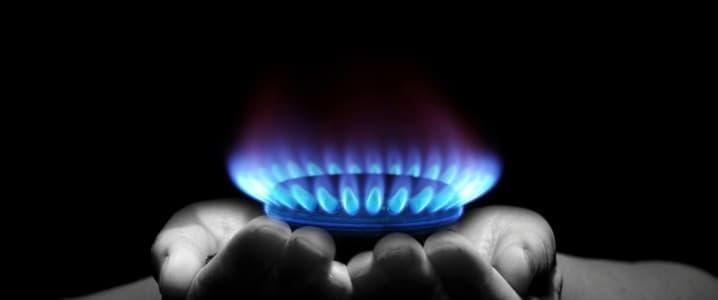
A recent advert stated, “Sooner than you expect, your stove or barbecue will be burning with a bright orange “sunflower” flame – a signal that you’re using carbon-neutral renewable hydrogen gas, whose only by-product is pure water.” It was aimed at increasing public awareness of new alternative energies that may soon be making their way to the market, showing consumers that electricity from solar and wind power may not be the only renewable options in the coming decades.
Many governments around the globe are striving for net-zero carbon emissions by 2050 and putting pressure on energy companies to do the same. This has led oil and gas firms to invest in carbon capture and storage (CCS) technologies, electrify their operations and invest heavily in renewable energy projects to offset fossil fuel activities. One of the firms aiming to achieve net-zero is Australian gas distribution major AGIG.
Kristin Raman, Executive General Manager of People and Strategy at the company, highlights AGIG’s aim to shift away from natural gas to renewable alternatives. She explains, “Renewable gas is not just a new name, but a new gas including renewable hydrogen and biomethane that will be delivered by the current gas network.” “Today Australia’s energy system relies on diverse sources of energy – natural gas and liquid fuels - petrol and diesel – and LGP are used for more than double the energy provided by electricity… It’s important that as we move towards net-zero emissions we continue to use diverse sources of energy,” she added.
Energy firms in Europe have grown increasingly enthusiastic about green hydrogen, with several major oil and gas firms investing in Europe’s hydrogen boom through the development of gigafactories. Blue or grey hydrogen is produced from natural gas, while green hydrogen relies on using renewable energy to split water into hydrogen and oxygen to create zero-carbon hydrogen fuel. Several automakers expect to use green hydrogen in fuel cell cars as an alternative to electric battery vehicles in the future, offering faster fuelling times and longer ranges. But hydrogen could also make its way into homes for cooking purposes as production gradually expands worldwide.
Meanwhile, biomethane (aka renewable gas) is a near-pure source of methane produced either by “upgrading” biogas by removing any CO2 and other contaminants that are present in the biogas or through the gasification of solid biomass followed by methanation. Biomethane can be produced using crop residues, animal manure, municipal solid waste, industrial waste, or wastewater sludge as feedstocks.
While the Australian gas firm may have been exaggerating by suggesting that a consumer shift to renewable gas is just around the corner, it may well be on its way within the next few decades. As energy firms increase their investments in zero-carbon developments, it is important that they get the message out there quickly to establish a market of consumers that will be ready to adopt the new energy sources once they become available. And in Australia, some renewable gas pilot projects are already up and running, as the Hydrogen Park South Australia delivers renewable gas blends to around 700 homes and plans to expand its reach.
Hydrogen and biomethane could offer much cheaper solutions than electrification, as it does not require the need to update electrical infrastructure such as poles and wires and add additional batteries. Although, while biomethane can be used in people’s existing cookers, appliances will need to be updated or changed to accommodate green hydrogen fuel.
To roll out green hydrogen and biomethane gas, however, energy firms will have to invest heavily in the development of production facilities. While there may be enough feedstocks to fuel biomethane production, there are not enough processing plants to make gas production for national consumption at present. However, Australian gas network operator Jemena says there is a “broad consensus that we could integrate as much as 20% biomethane and 20% hydrogen by 2030 across the gas network”.
This is not only true in Australia, with governments and energy firms worldwide looking to develop a variety of renewable energy projects, beyond just solar and wind power, to ensure stable and reliable renewable energy output as the world transitions away from fossil fuels to greener alternatives. We can expect to see more marketing campaigns across several countries in the coming years, raising consumer awareness around a variety of alternative energy sources as companies begin to develop their green energy markets.